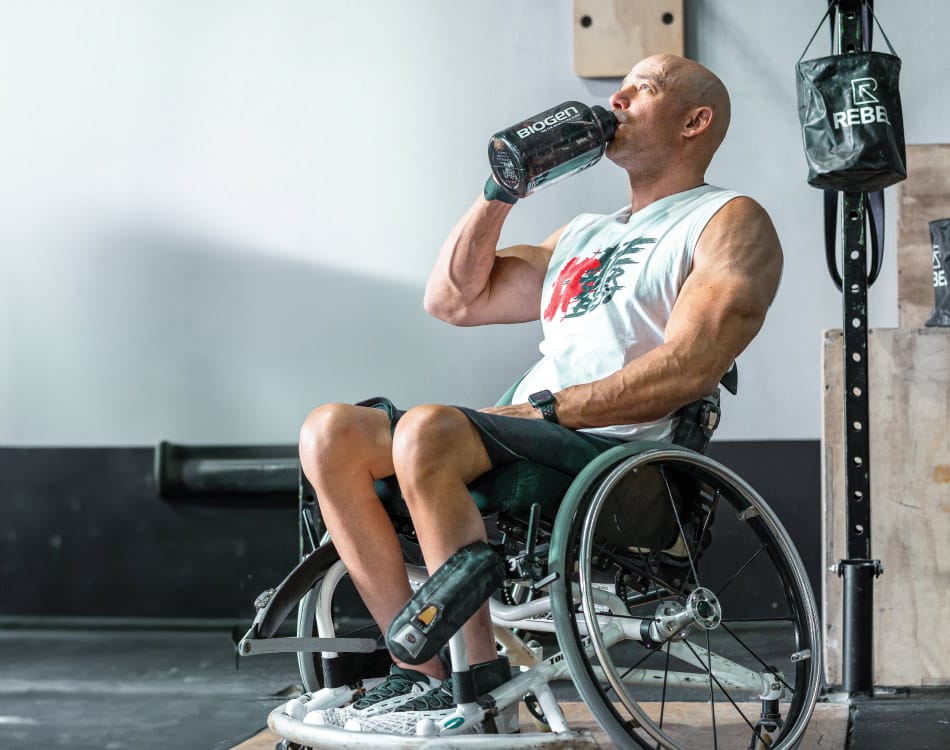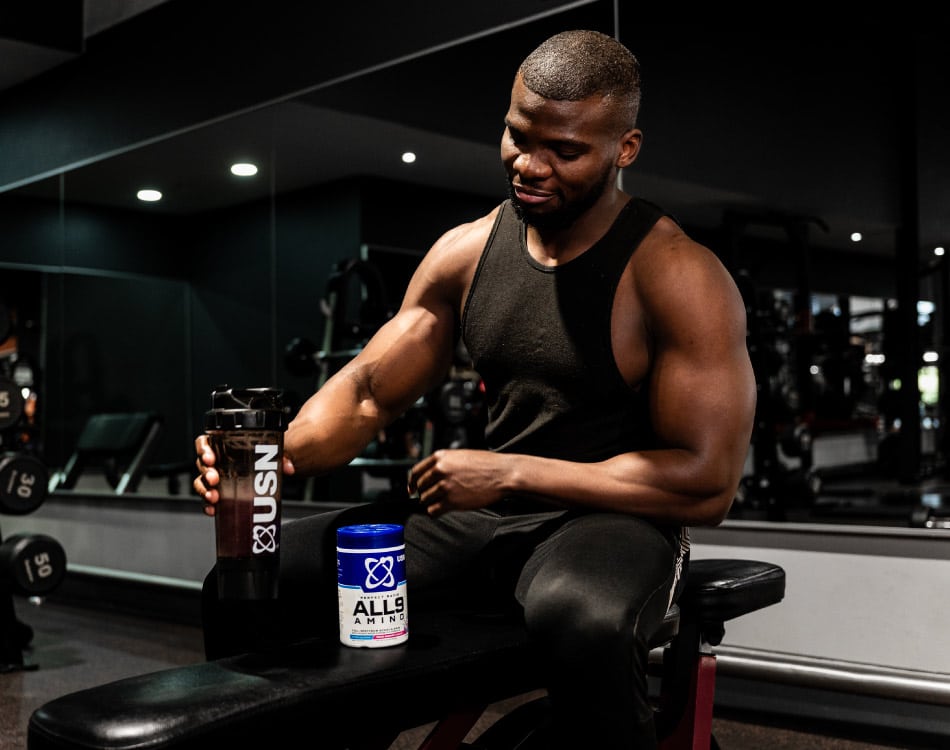If you’re looking for an effective way to boost your fitness levels in the gym with minimal injury risk, try spinning.
A spinning bike has a weighted flywheel, which simulates the effects of inertia and momentum experienced when riding a real bicycle. This makes it more effective than a traditional stationary bike.
READ MORE | 4 Ways To Keep Gym-Based Cardio Interesting
The spinning bike pros
The design of a spinning bike also allows riders to adopt various positions on the bike, which makes it more practical in terms of workout variety.
Other pros of spinning include:
- The flywheel increases the intensity and effectiveness of the workouts to help boost fitness and blast more calories than a stationary bicycle can.
- Spinning is low impact, so it’s easier on your joints than running, which may help to alleviate the issues with your previous injury.
- The flywheel enables riders to reach much higher cadences than stationary bikes, which helps with speed and endurance conditioning.
- Spinning more closely simulates the forces and resistance experienced during cycling, which makes it a great option for indoor cycling training. In other words, the effects are directly transferable to the road or mountain bike.
- Your ability to stand and change hand positions on the spinning bike means that more of your upper body can be incorporated into a spinning session.
READ MORE | 5 Reasons To Start Running
The spinning bike pros
The main con of a spinning bike is that the non-weight bearing nature of the exercise means that it does little to improve bone density.
However, if you combine spinning with weight training, this is not something that should concern you.
The other con is that excessive cycling, in any form, can shorten your hip flexors. As such, it is beneficial to include a suitable stretching and mobility routine that targets your hip area when you incorporate spinning into your training regimen.













